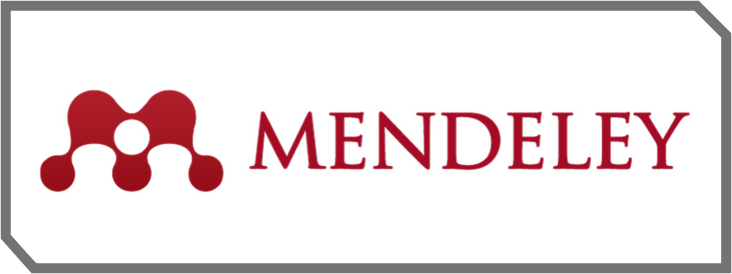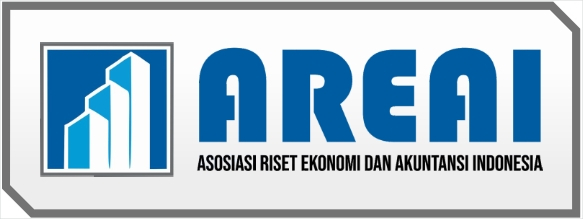Pengunaan E-Money di Lingkungan Pesantren Sebagai Bentuk Transformasi Sistem Pembayaran di Era Digital (Studi Kasus Pondok Pesantren Nurul Qarnain)
DOI:
https://doi.org/10.53958/mt.v4i3.242Keywords:
Payment System, E-money, Pesantren and Digital AgeAbstract
E-money which has been echoed since August 2014 as a means of transaction now continues to increase in terms of use, this increase proves that e-money has now become a payment instrument that is very popular with many people, including Islamic boarding schools. This study wants to know and analyze the motives of pesantren in implementing e-money. The study used is a descriptive qualitative method based on observation, interviews. The results of this study concluded that Islamic boarding schools also have the ability to implement e-money transactions as a payment medium by utilizing technology to support the smooth running of Islamic boarding school activities towards a more optimal direction. The goal is to improve pesantren customer service towards a safer and more comfortable direction, create a cahsless society environment, and paperless offices that can streamline data. The impact of this research is the hope that more and more pesantren will implement non-cash transactions to their students, as one of the positive responses of pesantren in the development of the times so that they can prepare a generation of highly competitive nations with the provision of strong religious understanding, intellectual intelligence and able to understand and manage information and communication technology.
References
Adiyanti, A. I. (2015). PENGARUH PENDAPATAN, MANFAAT, KEMUDAHAN PENGGUNAAN, DAYA TARIK PROMOSI, DAN KEPERCAYAAN TERHADAP MINAT MENGGUNAKAN LAYANAN E-MONEY (Studi Kasus : Mahasiswa Universitas Brawijaya). Jurnal Ilmiah.
Bank Indonesia. (2006). Upaya Meningkatkan Penggunaan Alat Pembayaran Non Tunai Melalui Pengembangan E-Money. Upaya Meningkatkan Penggunaan Alat Pembayaran Non Tunai Melalui Pengembangan E-Money.
Damanhuri Zuhri. (2015, October). BI: Pesantren Pintu Pengenalan LKD. Republika.co.id. Retrieved from https://www.republika.co.id/berita/dunia-islam/islam-nusantara/15/10/30/ nx16z6301-bi-pesantren-pintu-pengenalan-lkd
Fadli, A. (2012). Pesantren: sejarah dan perkembangannya. EL-HIKAM: Jurnal Pendidikan Dan Kajian Keislaman, 5(1), 30–42.
Hoedi Prasetyo, W. S. (2018). Industri 4.0: telaah klasifikasi aspek dan arah perkembangan riset. J@ti Undip: Jurnal Teknik Industri, 13(1), 17–26.
Hafidhoh, N. (2016). PENDIDIKAN ISLAM DI PESANTREN ANTARA TRADISI DAN TUNTUTAN PERUBAHAN. M U A D D I B, 6(1), 88–106.
Ibnu Nawawi/Fathoni. (2016, December). Tebuireng Pelopori Transaksi Non-Tunai di Lingkungan Pesantren. NU Online. Retrieved from http://www.nu.or.id/post/read/73817/ tebuireng-pelopori-transaksi-non-tunai-di-lingkungan-pesantren
INDONESIA, P. R. (1999). UNDANG-UNDANG REPUBLIK INDONESIA NOMOR 23 TAHUN 1999 TENTANG BANK INDONESIA.
Rusydiyah, E. F. (2017). KONSTRUKSI SOSIAL PENDIDIKAN PESANTREN; ANALISIS PEMIKIRAN AZYUMARDI AZRA. Jurnal Pendidikan Agama Islam (Journal of Islamic Education Studies), 5(1), 21–43
Tazkiyyaturrohmah, R. (2018). EKSISTENSI UANG ELEKTRONIK SEBAGAI ALAT TRANSAKSI KEUANGAN MODERN. Eksistensi Uang Elektronik Sebagai Alat Transaksi Keuangan Modern, 3(1), 21–39.



















